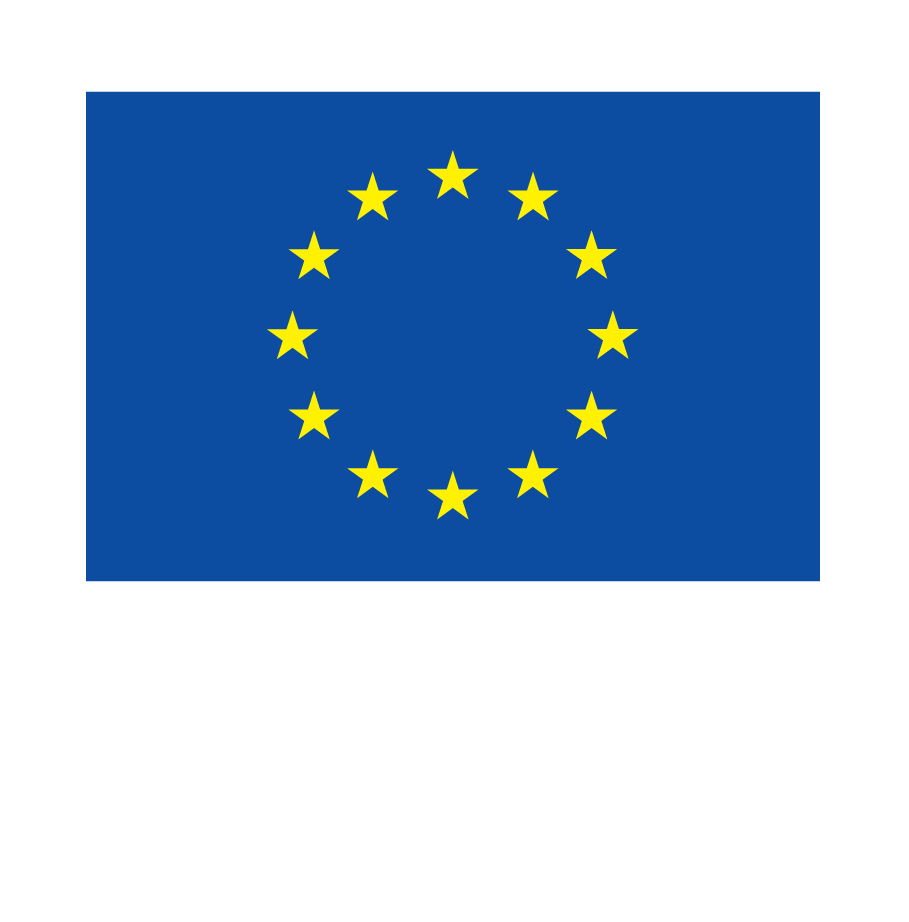
Friday, May 20, 2022
Relieving oncological pain through drugs is not always possible. With the desire to study alternatives that improve the quality of life of this type of patient, USC launches the PAINLESS research project, the result of an international consortium made up of around twenty entities and of which USC is the coordinating institution. Funded by the EU’s ‘Horizon Europe: Framework Program for Research and Innovation’, PAINLESS aims to use neuromodulation – non-invasive application of low-frequency currents to increase or decrease the excitability of a group of neurons – as a route that goes beyond the classic pharmacological treatment. In addition, this project, coordinated by Professor María Teresa Carrillo de la Peña, aims to develop an instrument to predict the onset of pain in cancer patients.
“Pain is the most feared symptom by patients and one of the most negatively affecting quality of life. It is estimated that 59% of patients undergoing cancer treatment, 64% of patients with advanced cancer and 33% of those cured suffer from pain,” explains Professor Carrillo of the USC group ‘Brain and Pain’. While approximately 80% of patients with pain can be treated effectively with drugs, the remaining 20% show a low response to pharmacological interventions or have serious adverse effects, mostly due to the use of opioids, as evidenced by the data provided. by the World Health Organization.

Prediction
“To improve the management of pain caused by cancer, it is necessary to understand its underlying mechanisms,” explains Professor Carrillo. The research team’s starting hypothesis is that the study of diagnostic biomarkers, based on quantitative sensory testing and brain electrical activity, will help explain the onset and maintenance of pain and make patient typologies according to those mechanisms. “We evaluate how patients perceive pain stimuli of different intensities, when these are presented in isolation or repeatedly. This provides some indicators of what their pain modulation mechanisms are,” adds Teresa Carrillo.
In addition, the project aspires to draw on artificial intelligence to design a cancer pain prediction tool. “There is a lack of systematic knowledge about the variables that contribute to cancer pain. We will propose to make an exhaustive evaluation of newly diagnosed patients and to analyse which variables are associated with the appearance of the pain,” explains the main researcher on the project.
Beyond Drugs
Transcranial stimulation is a completely innocuous, non-invasive method of neuromodulation of the brain that is performed in the patients’ own home, with control from the hospital. It consists of applying small electric currents through electrodes placed on the scalp that can, in the long run, modify the neural connections and the mechanisms that maintain chronic pain.

Digital Solutions
Improving the management and daily follow-up of patients with cancer pain through digital solutions is another of the horizons pursued by PAINLESS. “Given the growing demand for palliative care services in an aging population, it is necessary to improve the provision of services to ensure the sustainability of European health systems,” says Professor Carrillo. In this sense, the project proposes the design of a web platform that acts as a model for the management of patients with chronic pain, in addition to being “a window of access to information on cancer pain,” adds the lead researcher.
“We believe that the study of central biomarkers and home neuromodulation treatment are easy to implement in health services, simple to perform, economical, easily integrated into regular oncology or pain services, and useful for designing better individualized treatment schemes in palliative care,” explains Professor Carrillo. In this sense, the project will study the feasibility of integrating this proposal in health services, through a careful analysis of the barriers and opportunities of this innovative model of intervention.



